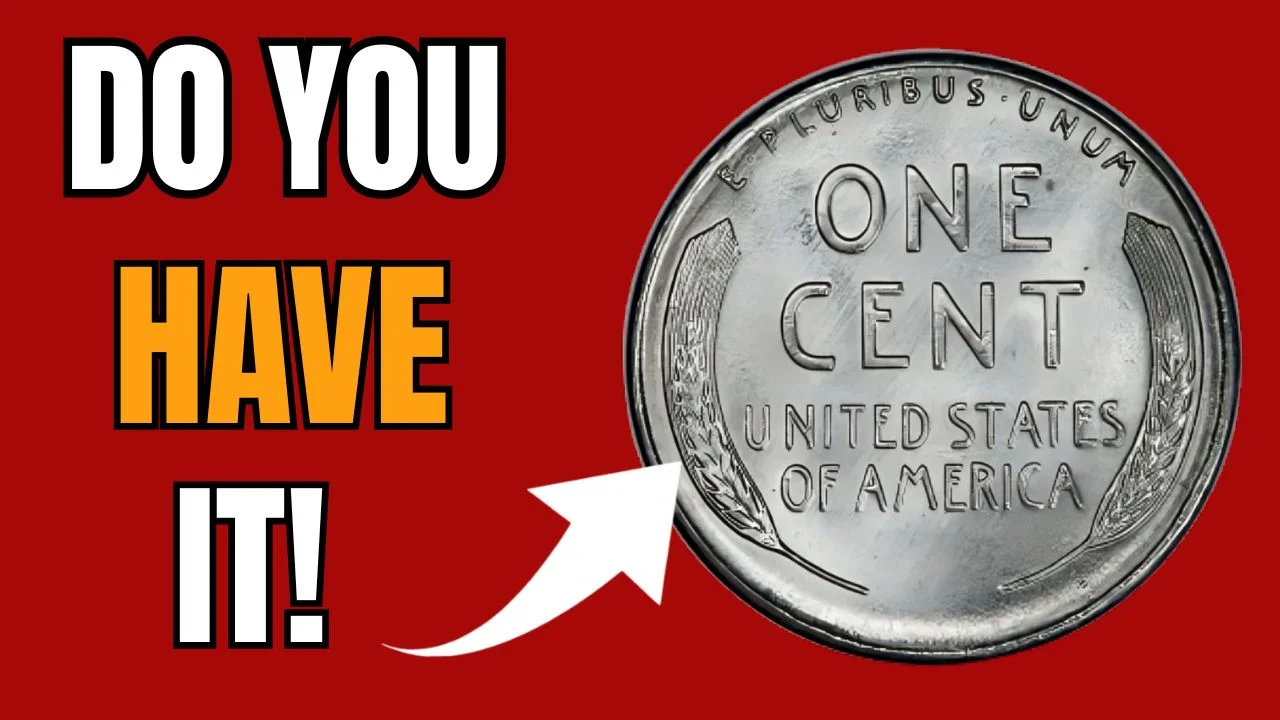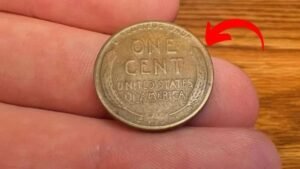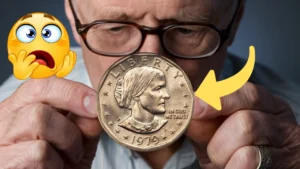Imagine finding a penny worth millions in your loose change! The rare Lincoln Wheat Penny, a numismatic treasure, might still be in circulation. This tiny coin captivates collectors with its history and jaw-dropping value. Read on to uncover its story and how to spot one!
What Is the Lincoln Wheat Penny?
The Lincoln Wheat Penny is a U.S. cent minted from 1909 to 1958, featuring Abraham Lincoln’s profile and wheat stalks on the reverse. Certain rare editions, like the 1943 bronze penny, can fetch millions due to minting errors or scarcity, making them a numismatist’s dream.
A Brief History of the Lincoln Wheat Penny
Introduced in 1909 to honor Lincoln’s 100th birthday, the penny was designed by Victor David Brenner. It was the first U.S. coin to feature a president’s portrait. Over its 50-year run, billions were minted, but specific years and errors skyrocketed in value.
Key Milestones
- 1909: First minted with “VDB” initials (Brenner’s signature).
- 1943: Most pennies were steel due to wartime copper shortages, but a few bronze ones were mistakenly produced.
- 1958: Replaced by the Lincoln Memorial design.
Why Is It So Valuable Today?
Rare Lincoln Wheat Pennies, like the 1943 bronze or 1914-D, are prized for their scarcity and historical significance. A 1943 bronze penny sold for $1.7 million in 2010, with some estimated at $5.5 million today due to inflation and demand. Their value lies in rarity, condition, and collector frenzy.
| Penny Type | Estimated Value | Rarity Factor |
|---|---|---|
| 1943 Bronze | Up to $5.5M | Minting error |
| 1914-D | $85K–$110K | Low mintage |
| 1909-S VDB | $50K–$100K | Limited production |
How to Spot a Rare Lincoln Wheat Penny
Think you’ve got a treasure? Check your pennies! Look for specific years, mint marks, and errors. A magnifying glass helps spot details like the “S” mint mark or bronze sheen on 1943 coins. Always verify with a professional appraiser to confirm authenticity.
Steps to Identify
- Check the Year: Focus on 1909-S, 1914-D, or 1943.
- Look for Mint Marks: “S” or “D” under the year.
- Inspect Material: 1943 pennies should be steel, not bronze.
- Condition Matters: Uncirculated coins fetch higher prices.
Notable Facts and Records
The Lincoln Wheat Penny holds numismatic records. The 1943 bronze penny is one of the rarest, with fewer than 20 known. A 1955 “double die” penny, showing a doubled image, sold for $124,000 in 2021. These coins are legends in the collecting world
| Year | Record Sale | Notable Feature |
|---|---|---|
| 1943 | $1.7M (2010) | Bronze error |
| 1955 | $124K (2021) | Double die error |
| 1909-S | $100K+ | VDB initials |
Expert Tips for Collectors
New to numismatics? Start small. Check pocket change or visit coin shops. Join online forums like CoinTalk for advice. Store pennies in acid-free holders to preserve value. Always authenticate rare finds with experts to avoid fakes. Passion and patience are key in this hobby!
Frequently Asked Questions
Q: Is the $5.5M penny still in circulation?
A: Possibly! Some rare pennies, like the 1943 bronze, could still be out there, though most are in collections.
Q: How do I know if my penny is valuable?
A: Check the year, mint mark, and condition. Consult a professional for appraisal.
Q: Where can I sell a rare penny?
A: Try reputable auction houses or coin dealers like Heritage Auctions.
Conclusion
The Lincoln Wheat Penny is more than pocket change—it’s a piece of history with potential millions in value. Whether you’re a collector or just curious, start checking your coins! Share this post, join the numismatic community, or dive deeper into rare coins. Your treasure hunt begins now!




